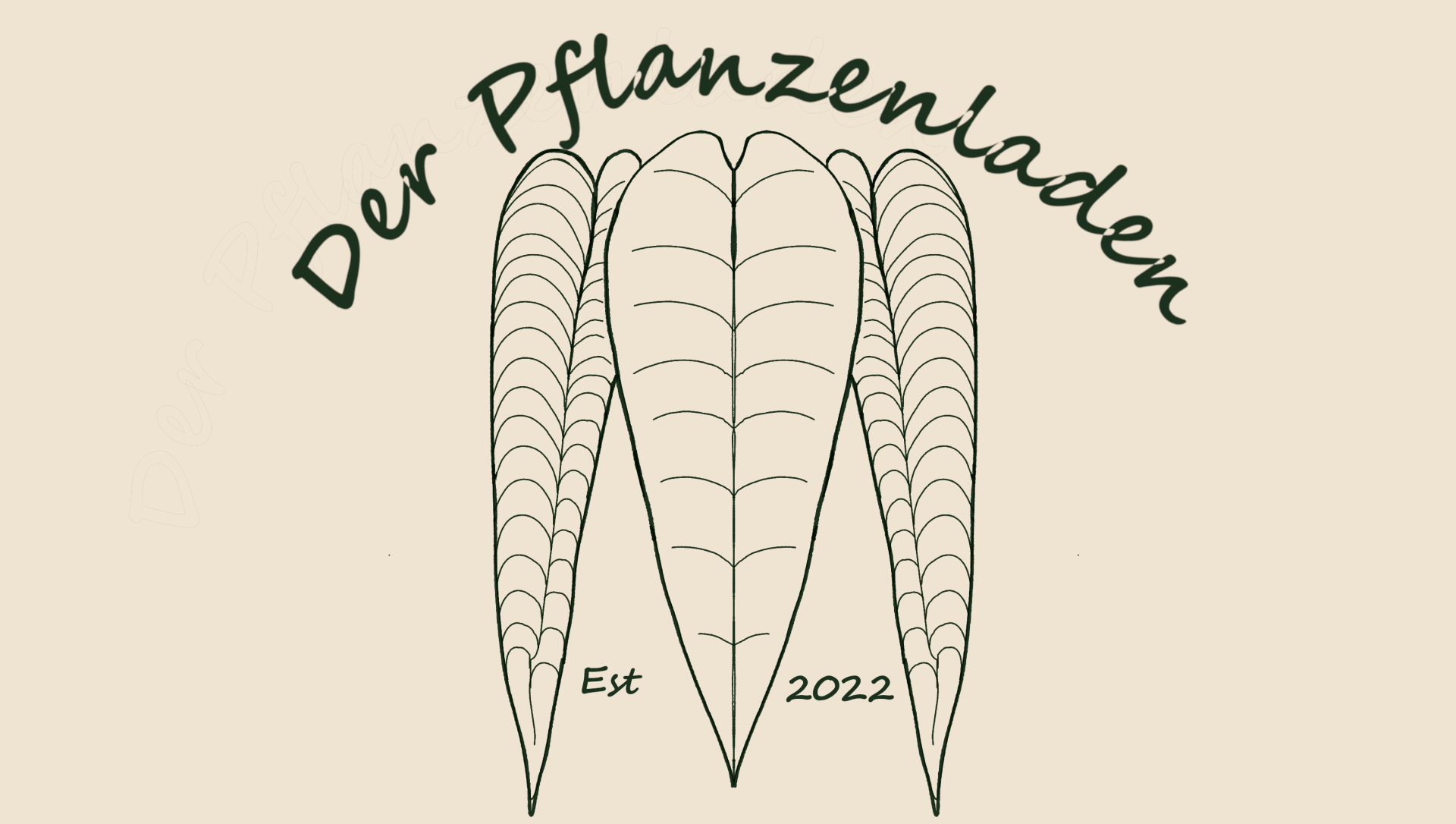Repotting
Just as we humans regularly increase our shoe size as we grow, the same is true for plants and their pots.
In general, repotting should be
- when a plant has outgrown its pot, to give the roots more space
- if the soil is too wet or even muddy for a long time, to prevent root rot
- or if after a few years the substrate could be renewed to give the roots some air and provide the plant with new nutrients.
Most of the plants we offer are in a substrate that is a mixture of different components. The composition differs slightly depending on the type of plant.
For mixing we use:
- Houseplant soil (peat-free) > as a base
- Pine bark (from terrarium supplies) > to loosen up
- Perlite > for ventilation and moisture regulation
- Sphagnum moss > as a moisture reservoir
- Soaking/coconut humus > as a basis for young plants
As a general rule, you can transplant growing plants into a slightly larger pot once a year. It is recommended to do this in the spring so that the plant has enough light and warmth to settle in.
For young plants that have previously been rooted in water or moss, it is important to ensure that they are first planted in potting soil. The reason for this is that "normal" soil is usually already pre-fertilized, which the young plants cannot tolerate and can lead to the fresh roots "burning".







